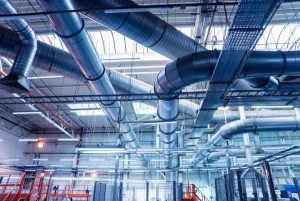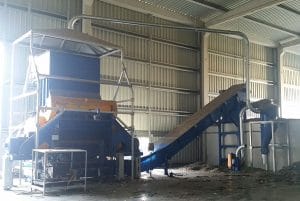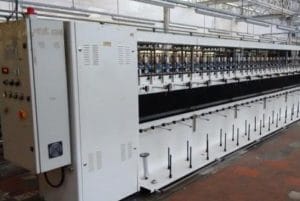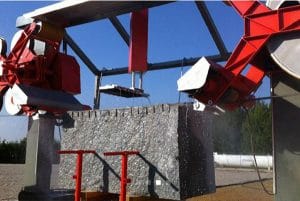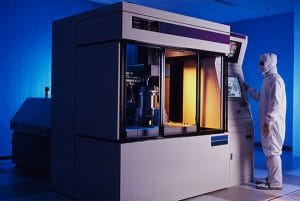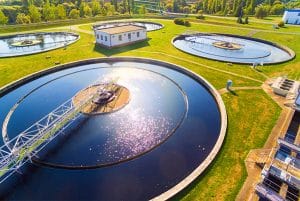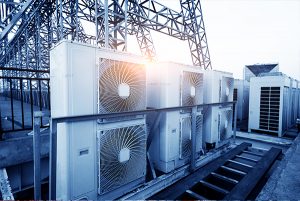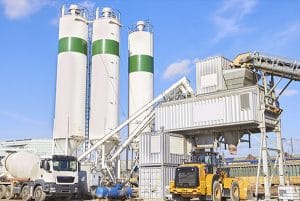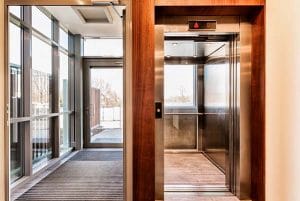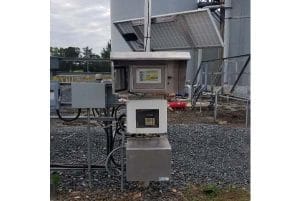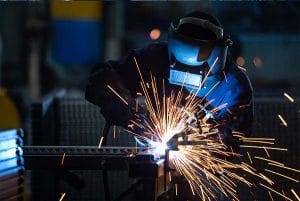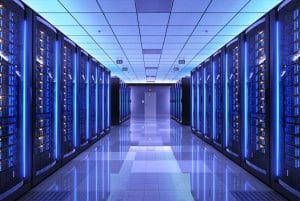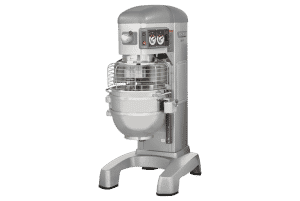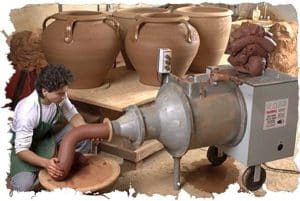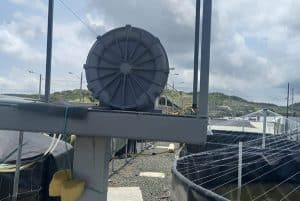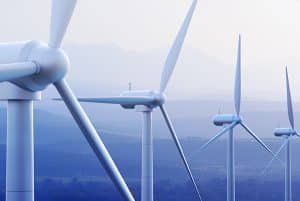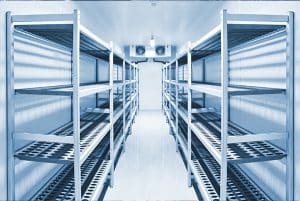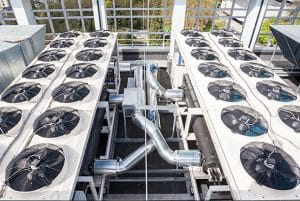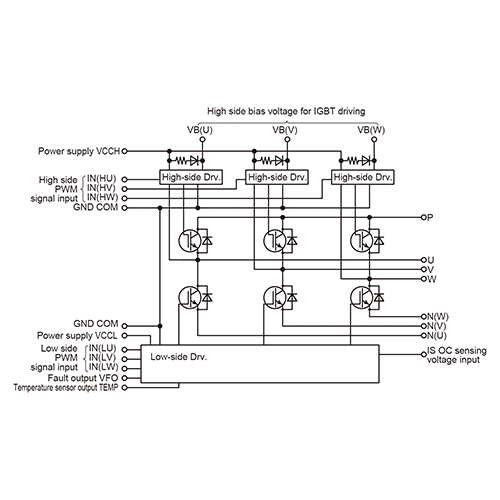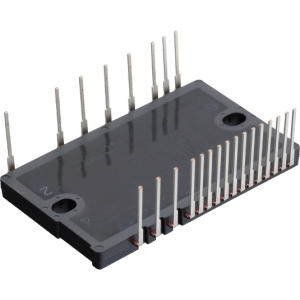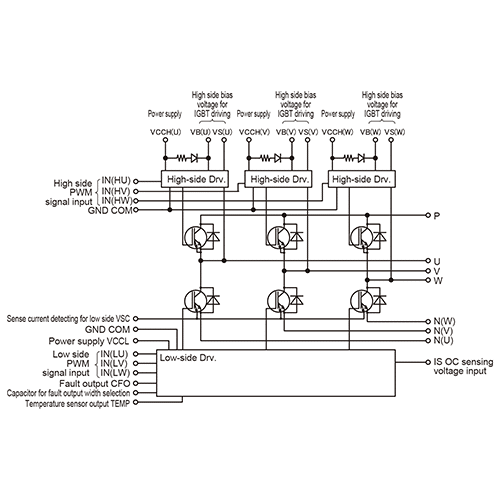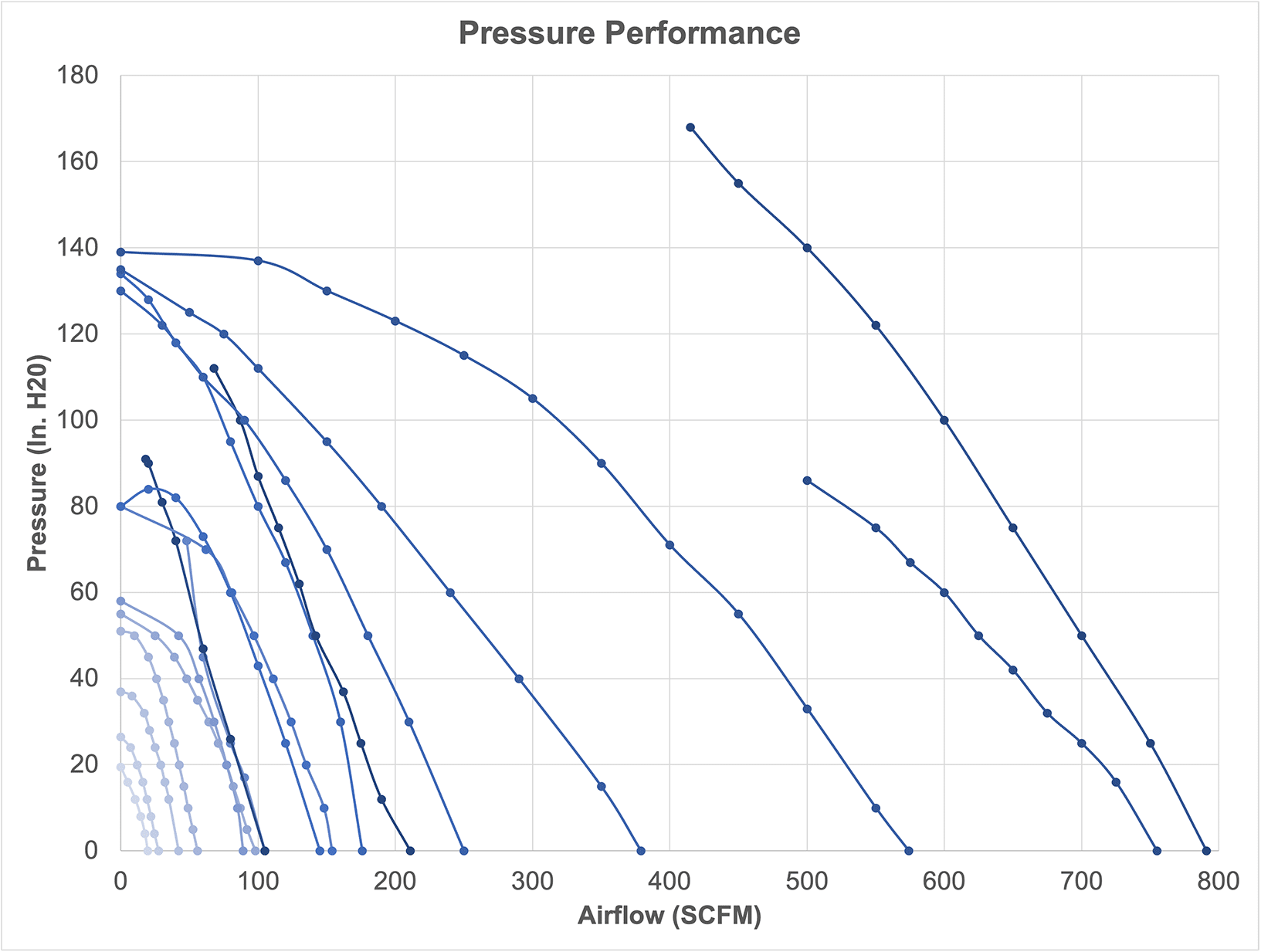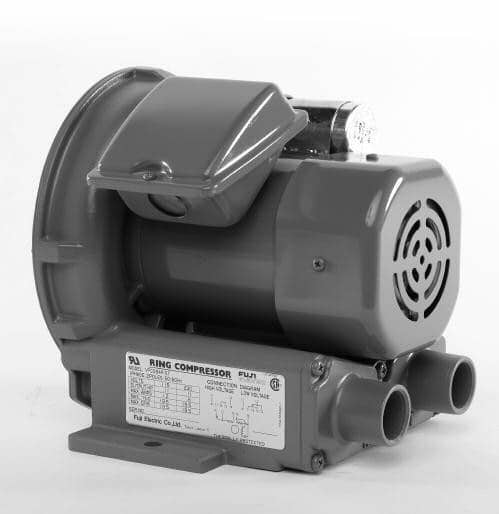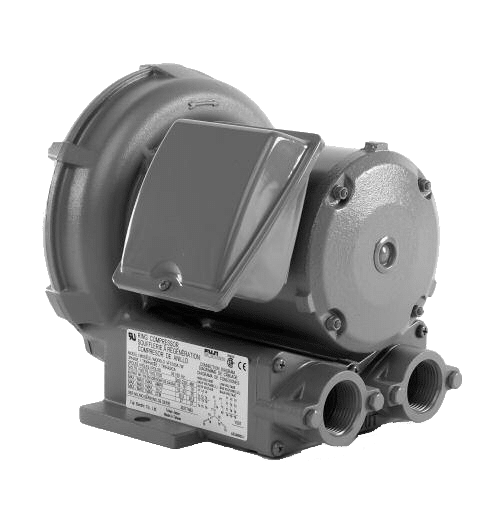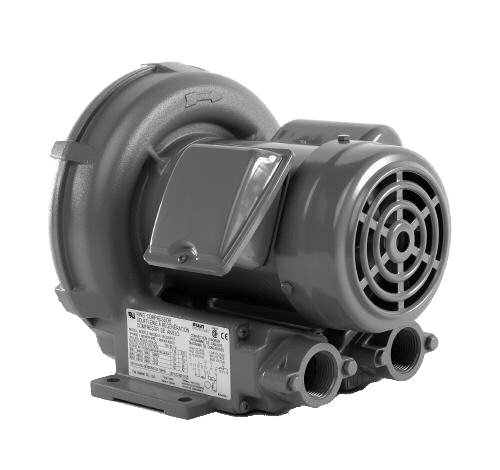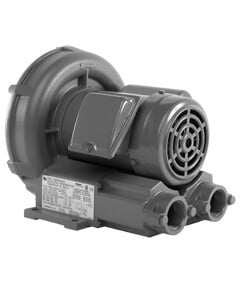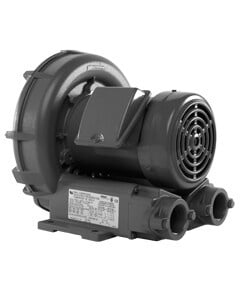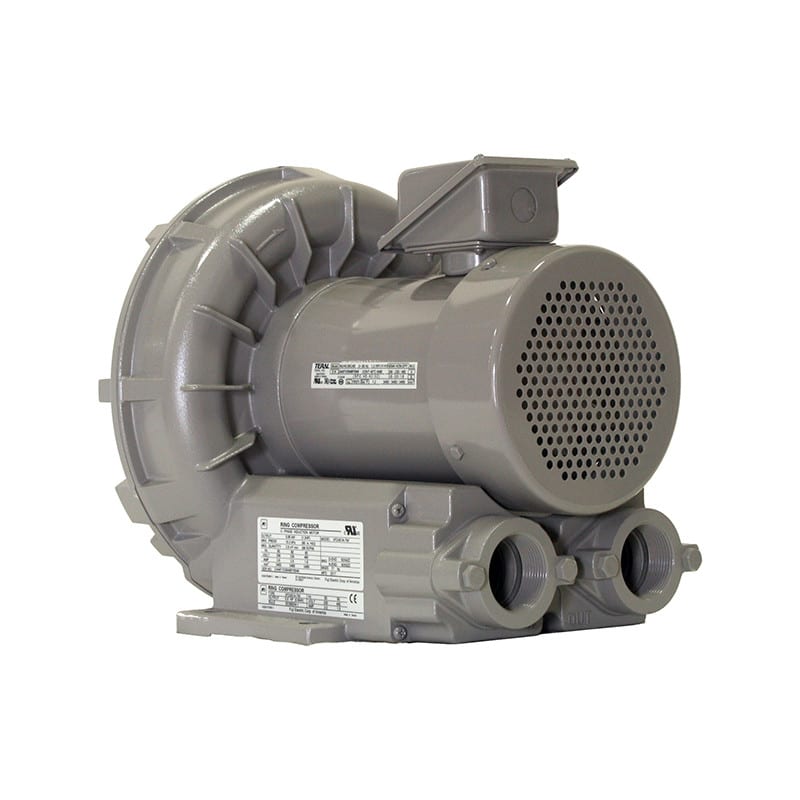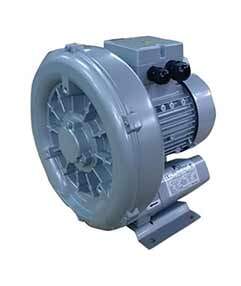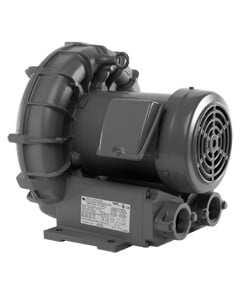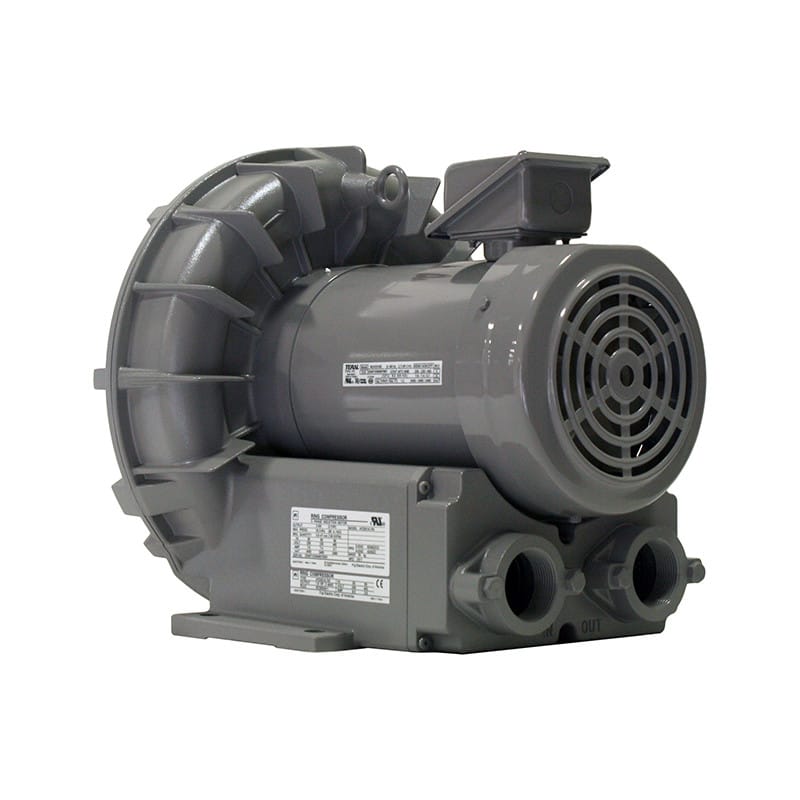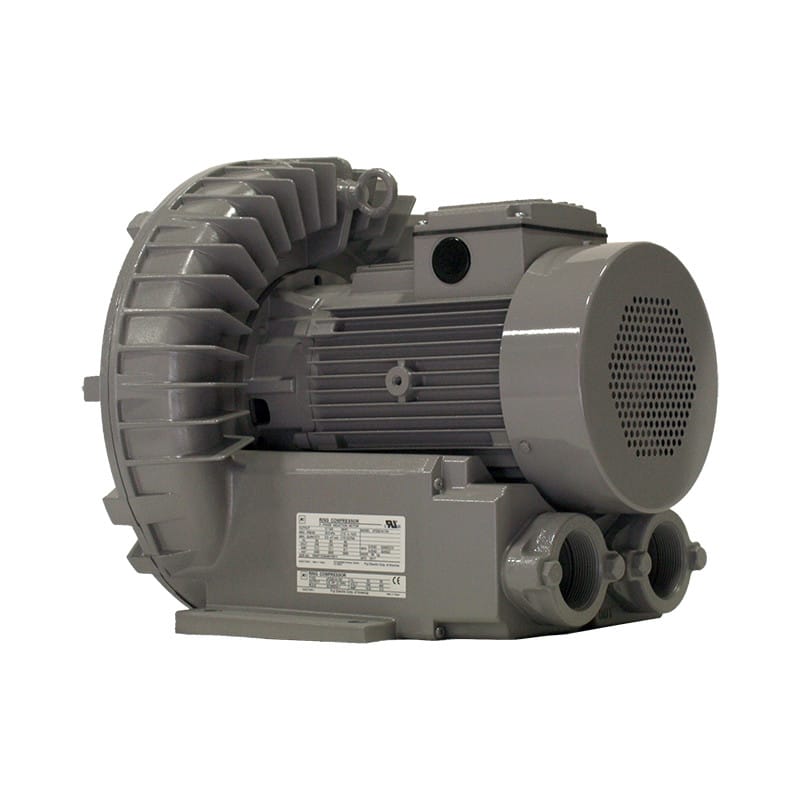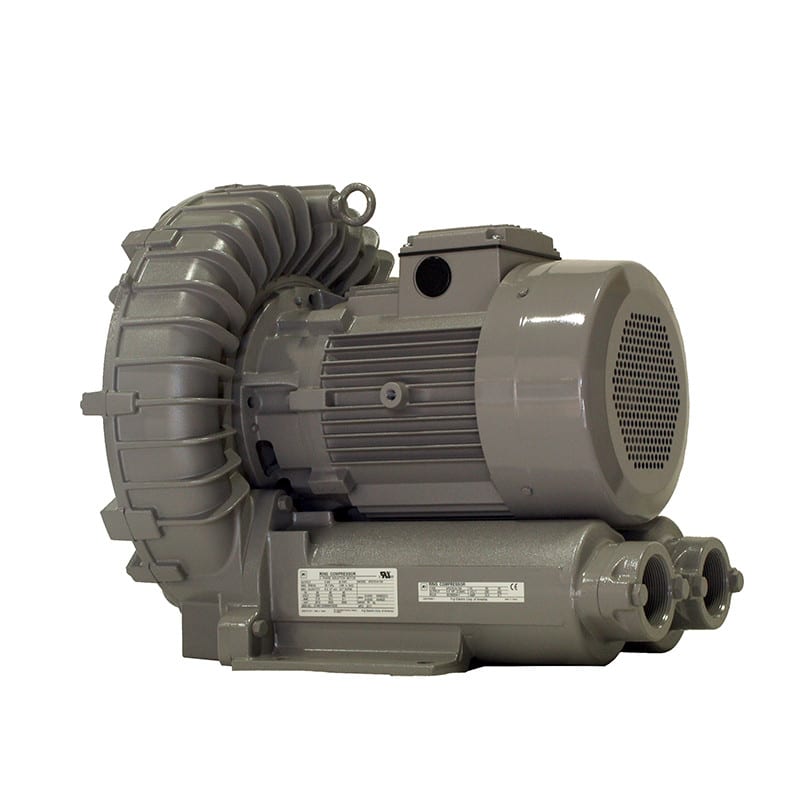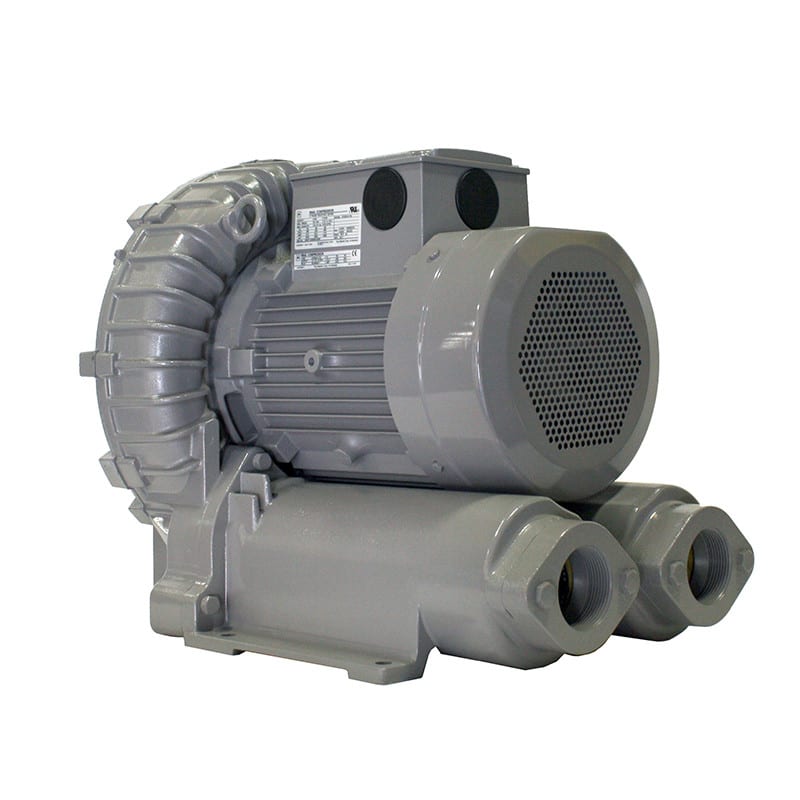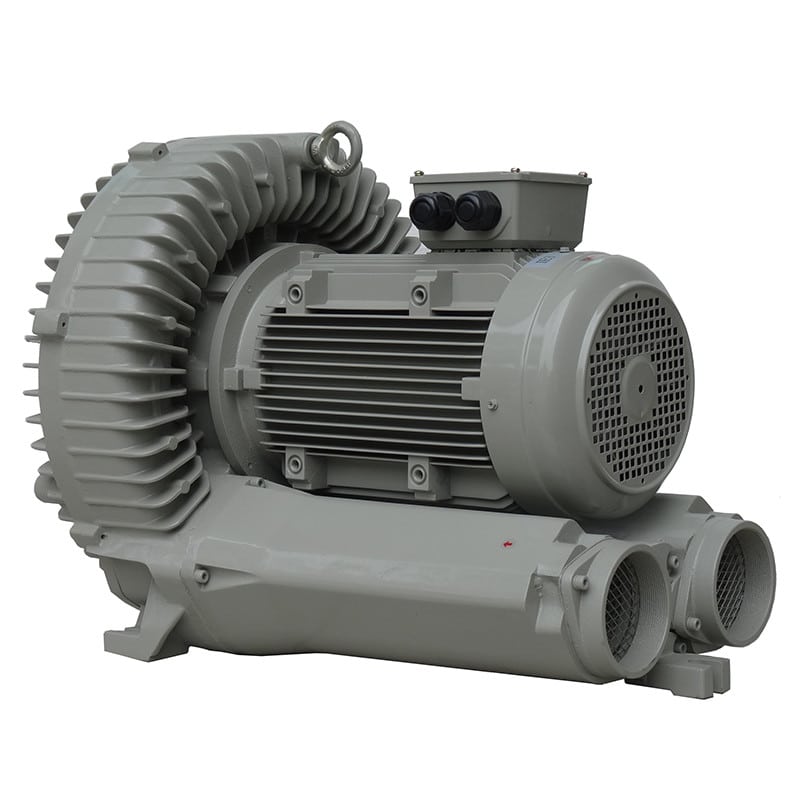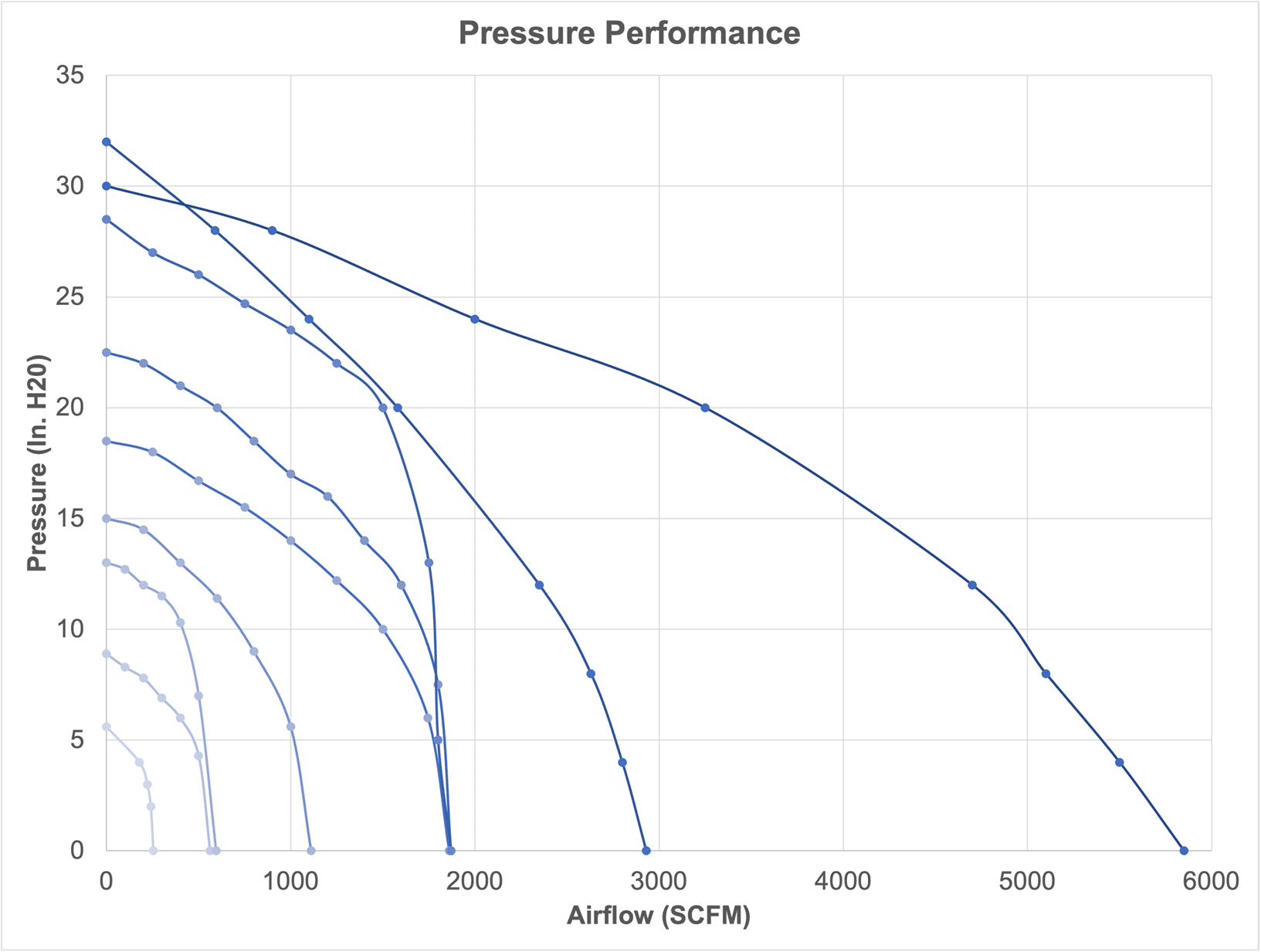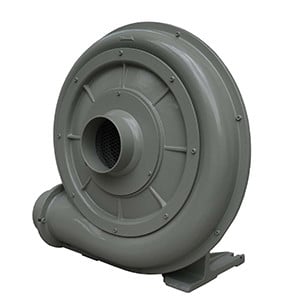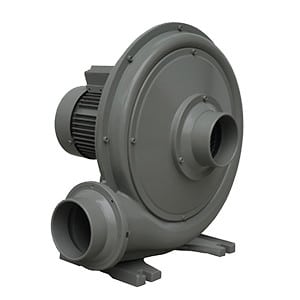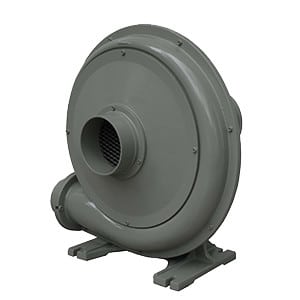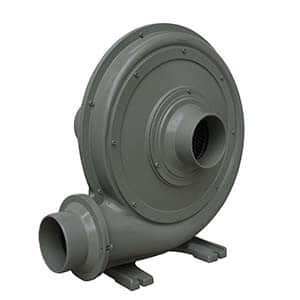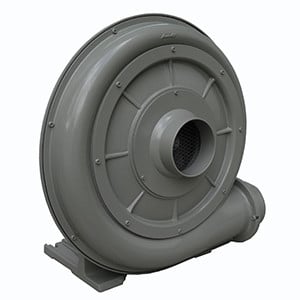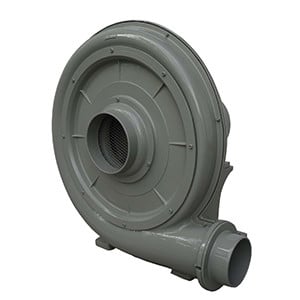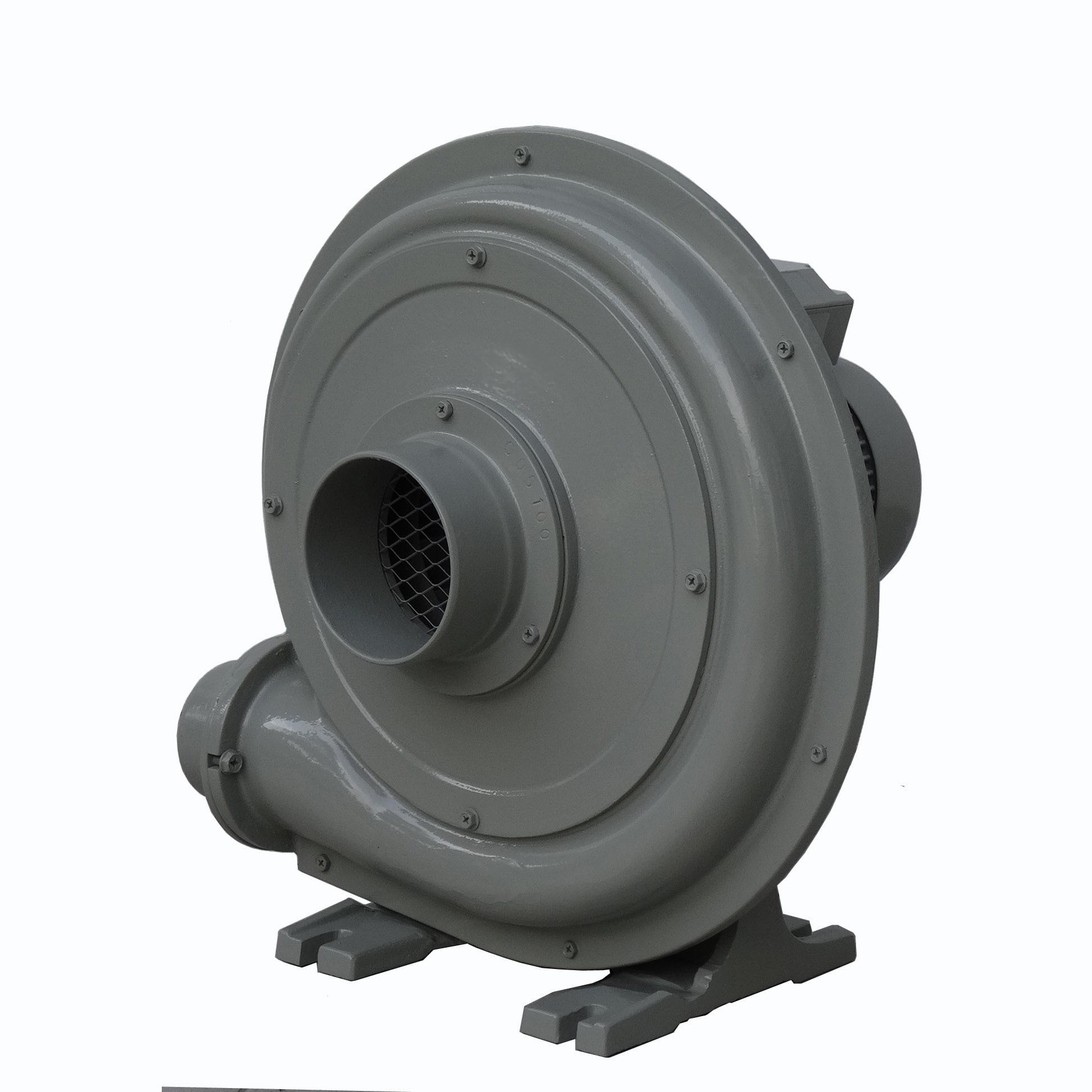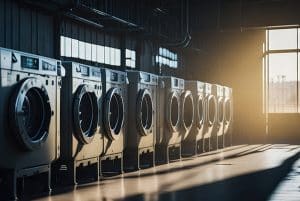Specifying 5% line reactors instead of 3% line reactors in an electrical system, such as when used with AC drives or motors, has both advantages and disadvantages. Here’s a breakdown: 
Pros of Specifying 5% Line Reactors
- Improved Harmonic Mitigation
- Higher impedance (5% vs. 3%) means better filtering of harmonics, reducing their impact on the power system.
- Helps meet stricter harmonic distortion standards, such as IEEE 519 compliance.
- Enhanced Voltage Spike Protection
- A 5% reactor provides greater buffering against voltage spikes or transients, protecting sensitive equipment like drives and motors.
- Reduced Drive and Motor Stress
- The increased impedance smooths the current waveform, reducing ripple currents and motor heating. This can lead to extended equipment lifespan.
- Improved Power Factor
- Higher reactor impedance helps improve the power factor by limiting inrush currents and balancing reactive power.
- Better Suitability for Long Cable Runs
- For systems with long motor cable runs, 5% reactors reduce the risk of voltage reflection issues more effectively than 3% reactors.
Cons of Specifying 5% Line Reactors
- Voltage Drop
- A 5% reactor causes more voltage drop (typically up to 5% of nominal voltage), which could impact performance in systems with tight voltage requirements or already low supply voltage.
- This may require upsizing components to compensate for the voltage loss.
- Higher Cost
- 5% reactors cost more than 3% reactors due to their larger size and higher material requirements. The cost increase is typically 15–30% more, depending on the manufacturer and application.
- Larger Physical Size and Weight
- The higher impedance requires larger windings and cores, increasing the physical size and weight, which could be a constraint in systems with space limitations.
- Less Common in Standard Applications
- Most systems use 3% reactors as they strike a good balance between cost and performance for general harmonic mitigation and voltage protection.
- Specifying 5% reactors might lead to longer lead times or limited availability.
How Common is the Use of 5% Line Reactors?
- 3% Reactors: Widely used in most industrial and commercial systems for general protection against harmonics and transients.
- 5% Reactors: Specified less frequently and are typically used in:
- Applications requiring stringent harmonic control (e.g., compliance with IEEE 519).
- Systems with significant voltage transients or harmonics due to other equipment (like large drives or non-linear loads).
- Long motor cable applications or systems operating with sensitive equipment.
Relative Cost Difference
- Cost Increase: Typically 15–30% higher for 5% reactors than 3% reactors of the same power rating.
- Factors Affecting Cost:
- Material costs (more copper and iron in 5% reactors).
- Manufacturing complexity due to larger design.
- Transportation and installation costs (due to size and weight).
Key Considerations When Choosing 5% vs. 3% Reactors
- Power Quality Requirements: If harmonic mitigation is a top priority, 5% reactors are better.
- Voltage Levels: Ensure the additional voltage drop is acceptable in your system.
- Budget Constraints: Balance performance gains with cost implications.
- Application Needs: In high-harmonic environments or systems requiring enhanced protection, 5% reactors might be justified. Otherwise, 3% reactors are generally sufficient.
Conclusion
While 5% line reactors offer superior harmonic filtering and voltage protection, they are less common and more costly than 3% reactors, which are sufficient for most standard applications. The decision should be based on the specific power quality requirements, system design constraints, and budget considerations.



